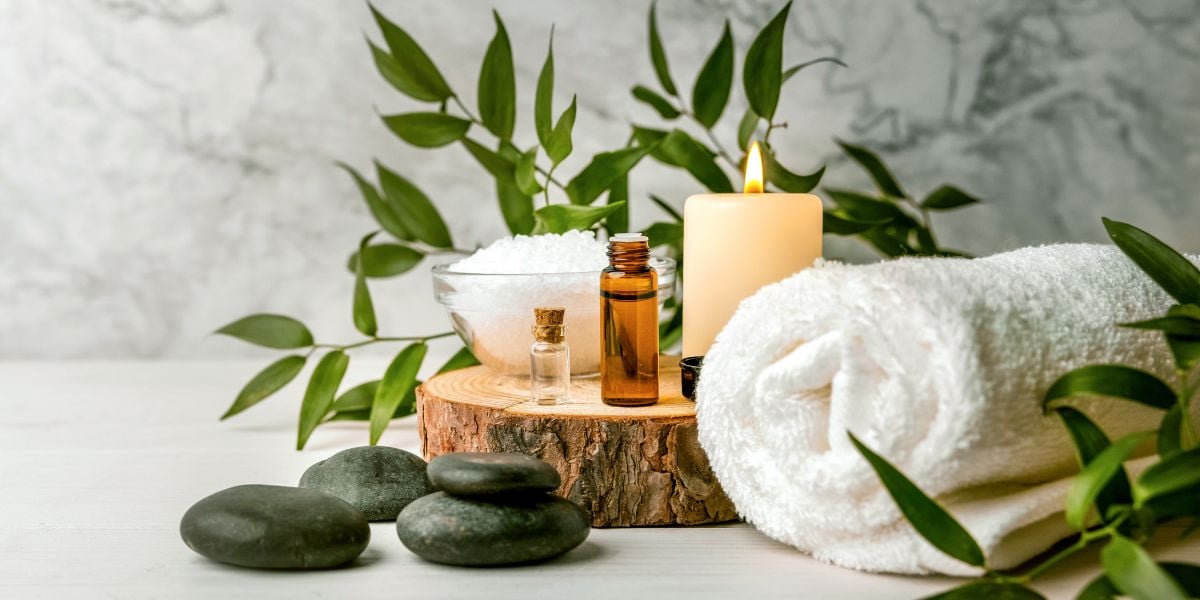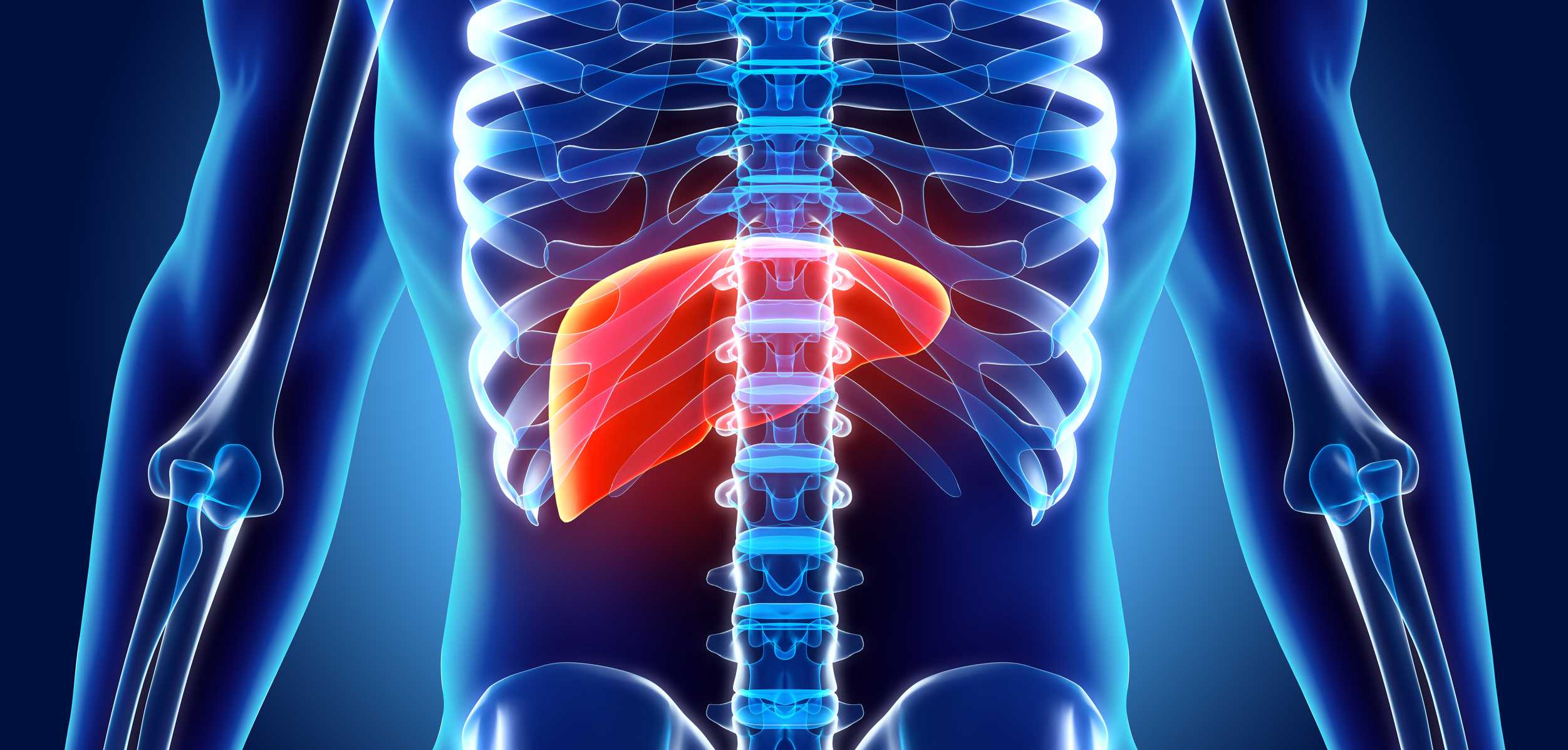Many common herbs and spices are claimed to have blood sugar lowering properties that make them useful for people with or at high risk of type 2 diabetes.
A number of clinical studies have been carried out in recent years that show potential links between herbal therapies and improved blood glucose control, which has led to an increase in people with diabetes using these more ‘natural’ ingredients to help manage their condition.
What herbal therapies are available?
Plant-based therapies that have been shown in some studies to have anti-diabetic properties include:
While such therapies are commonly used in ayurvedic and oriental medicine for treating serious conditions such as diabetes, many health experts in the west remain sceptical about their reported medical benefits.
In fact, because certain herbs, vitamins and supplements may interact with diabetes medications (including insulin) and increase their hypoglycemic effects, it is often argued that use of natural therapies could reduce blood sugars to dangerously low levels and raise the risk of other diabetes complications.
Whatever your intended reasons for using these specific herbs, you must always discuss your plans with your doctor and diabetes healthcare team first to ensure they are safe for your condition and determine a suitable dose.
Further herbal therapies
The herbs and plant derivatives listed below have been employed traditionally by native people in the treatment of diabetes, in the areas in which they grow.
Many suffer from an inadequate knowledge base.
Allium
Allium sativum is more commonly known as garlic, and is thought to offer antioxidant properties and micro-circulatory effects. Although few studies have directly linked allium with insulin and blood glucose levels, results have been positive.
Allium may cause a reduction in blood glucose, increase secretion and slow the degradation of insulin Limited data is available however, and further trials are needed.
Bauhinia forficata and Myrcia uniflora
Bauhinia forficata grows in South American, and is used in Brazilian herbal cures. This plant has been referred to as ‘vegetable insulin’. Myrcia uniflora is also widely employed in South America. Studies utilising the herbs as tea infusions suggest that their hypoglycaemic effects are overrated.
Coccinia indica
Coccinia indica is also known as the ‘ivy gourd’ and grows wild across the Indian subcontinent. Traditionally employed in ayurverdic remedies, the herb has been found to contain insulin-mimetic properties (i.e; it mimics the function of insulin).
Significant changes in glycaemic control have been reported in studies involving coccinia indican, and experts believe that it should be studied further.
Ficus carica
Ficus carican, or fig-leaf, is well known as a diabetic remedy in Spain and South-western Europen, but its active component is unknown. Some studies on animals suggest that fig-leaf facilitates glucose uptake.
The efficacy of the plant is, however, still yet to be validated in the treatment of diabetes.
Ginseng
Ginseng is a collective name for a variety of different plant species.
In some studies utilising American ginseng, decreases in fasting blood glucose were reported. Varieties include Korean ginseng, Siberian ginseng, American ginseng and Japanese ginseng.
In some fields the plant, particularly the panax species, are hailed as ‘cure-all.’ As is the case with many of the herbs employed around the world in the treatment of diabetics, further long-term studies are needed to verify the efficacy of ginseng.
Gymnema sylvestre
Gymnema sylvestre is also employed in traditional ayurverdic medicine. The plant grows in the tropical forests of southern and central India, and has been linked with significant blood glucose lowering Some studies in animals have even reported regeneration of islet cells and an increase in beta-cell function.
Momordica charantia
Momordica Charantia goes under a variety of names and is native to some areas of Asia, India, Africa and South America. Marketed as charantia, it is also known as karela or karolla and bitter melon. The herb may be prepared in a variety of different ways, and may be able to help diabetics with insulin secretio, glucose oxidation and other processes.
Acute effects on blood glucose levels have also been reported.
Ocimum sanctum
Ocimum sanctum is an herb employed in traditional ayurverdic practises, and is commonly known as holy basil. A controlled clinical trial showed a positive effect on postprandial and fasting glucose, and experts predict that the herb could enhance the functioning of beta cells, and facilitate the insulin secretion process.
Opuntia streptacantha
Opuntia streptacantha (nopal) is commonly known as the prickly-pear cactus in the arid regions where it grows.
Inhabitants of the Mexican desert have traditionally employed the plant in glucose control. Intestinal glucose uptake may be affected by some properties of the plant, and animal studies have found significant decreases in postprandial glucose and HbA1c.
Once again, to validate the prickly-pear cactus as an effective means of aiding diabetic patients, long-term clinical trials are needed.
Silibum marianum
Silibum marianum is also known as milk thistle, and is a member of the aster family. Silymarin contains high concentrations of flavinoids and antioxidants, some of which may have a beneficial effect on insulin resistance. The role of milk thistle in glycaemic control is little understood.
Trigonella foenum graecum
Trigonella foenum graecum is known as fenugreek and is widely grown in India, North African, and parts of the Mediterranean.
It is also a part of Ayurverdic treatment, and is used extensively in cooking.
Of the few non-controlled trials that have been carried out on type 2 diabetics, most report improved glycaemic control. Further study is certainly warranted.
Further herbs that have been studied, and may have positive effects for diabetic patients include:
- Berberine
- Cinnamomym tamala
- Curry
- Eugenia jambolana
- Gingko
- Phyllanthus amarus
- Pterocarpus marsupium
- Solanum torvum and
- Vinca rosea




